Celiac disease is something I have learned to embrace after ten years on a gluten-free diet. Thinking about my 10 month-old suffering the same fate is not something I am willing to accept at this vulnerable stage in her development. Coming up with wholesome plant-based gluten-free meals that my daughter can feed herself has been a challenge.
After almost 6 months of trial and error, I chose 15 of my daughter’s plant-based gluten-free favorites to share with other parents looking to start their child off on a similar path. I will describe how to safely prepare and offer each food item to your child using a baby-led weaning approach. Whether or not your baby may be predisposed to gluten-intolerance, these foods are safe and healthy for all babies ages 6 months and up.
In this article I will cover the following topics in greater detail:
- Top 15 plant-based gluten-free baby-led weaning foods
- Why we have chosen plant-based for our baby
- Some baby-led weaning tips and words of caution
If you have questions about feeding your child a whole-foods plant-based diet click here to visit another article of mine titled A Full Guide to Safely Raising a Vegan or Plant-based Baby.
Top 15 plant-based gluten-free baby-led weaning foods
1.Sweet potato
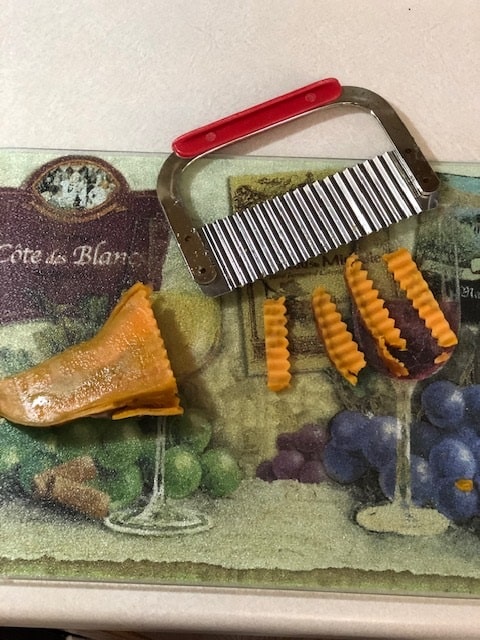
This was the first food I ever fed Ionna and it continues to be my go-to. We like to boil the sweet potatoes in quarter chunks for about 20 minutes. Then let them cool completely. Cut the potatoes into finger-sized slices with a crinkle cutter. This will ensure a surface that can be easily gripped by your baby.
For the first 2-3 months, we cut the potato skins off the slices prior to offering them to our daughter. After she developed her chewing and swallowing skills she is now able to safely manipulate and swallow the skins.
If you prefer to bake the sweet potatoes before cutting them into finger-sized pieces or wedges that works well also.
2.Cucumber slices

Ionna could not get enough cucumber slices when she began baby-led weaning (BLW). These are quick and easy to prepare. Wash the outside of the cucumber thoroughly with mild soap and water. Then cut into thin slices. These were particularly helpful for teething as well.
4.Bell pepper slices
These make a great snack at any time of the day. Bell peppers don’t require cooking, although you can cook them if you like. Your baby will likely enjoy them prepared both ways.
Cut each pepper in finger-sized slices. Imagine a piece wide enough for your baby to grip, and long enough for them to put their whole hand and mouth around.
3.Melon wedges
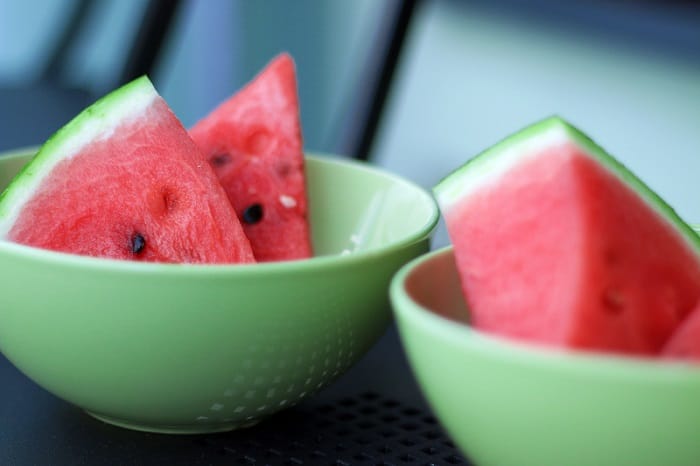
Seasonal fruits and veggies are great for baby-led weaning. Again, wash all fruits and veggies prior to serving them to your child. Also, be sure to remove watermelon seeds during the first 2-3 months of trials with this item. Cut in triangular slices with some peel/skin left at the bottom for baby to hold.
5. Gluten-free Oatmeal
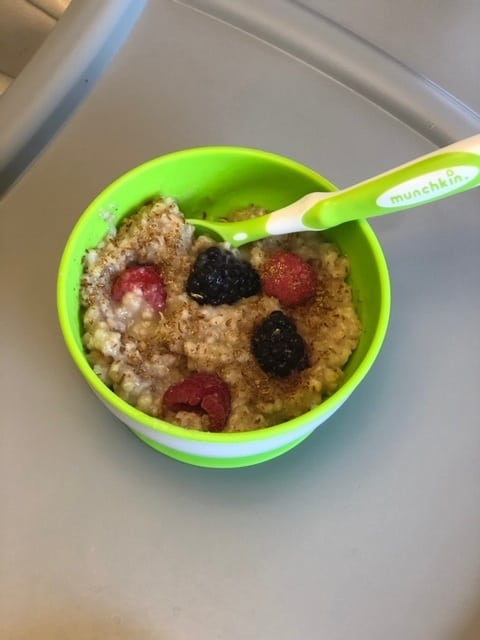
I must confess, this is one of two items on this list that we typically spoon feed to my daughter, although we typically let her use her hands near the end of the meal. Oatmeal isn’t the easiest substance to grip with little baby hands. It’s also going to take a while for your child to master the spoon.
We use Bob’s Redmill Organic Gluten-free steel-cut oats for Ionna’s oatmeal. I slow cook them overnight in the crockpot with water and a little pumpkin pie seasoning (salt, preservative, and sugar-free). We serve it with flax or hemp seeds and whatever fruit we have on hand.
6. Berries
Organic strawberries, blackberries, blueberries, and raspberries, are always kept in the freezer for snacks and desserts. They’re also great to throw in fresh oatmeal. Be sure to cut in half and/or mash these flat for the first 4-5 months.
7. Broccoli
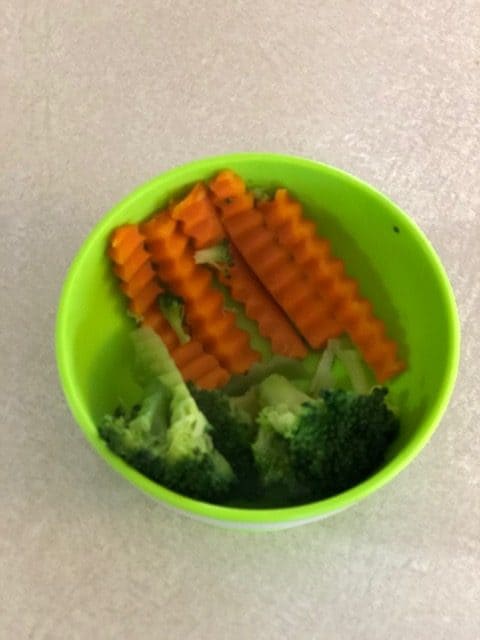
Every parent wants their child to love broccoli! This item remains one of Ionna’s true favorites.
Steam the broccoli and allow to cool. We cut them by maintaining a thick stem to hold onto. This was one of her first foods due to her inability to use the pincer-grasp (using thumb and index fingers together).
8. Orange slices
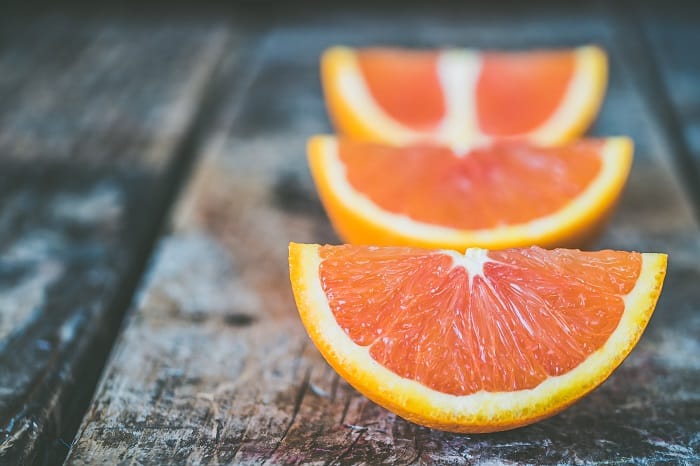
You may choose to leave the peel on the orange slice if you prefer. This approach is safer and easier for baby to handle. Citris fruits provide great nutrition.
9. Beans

Beans are a staple in our plant-based household so it was important to develop a preference for these right away in our baby. She didn’t seem to have trouble building the necessary gut flora needed to properly digest beans.
We just offered a small handful at a time and she was able to slowly increase the amount she actually got to her mouth. I think it was a slow natural progression that worked out perfectly for her microbiome development.
We try to rotate our beans and lentils week by week. We use beans of all sorts such as kidney, pinto, black, great northern, navy, edamame, chickpeas, and cannellini.
Two major things to keep in mind when offering beans to your baby:
- Make sure they are properly soaked (at least 8 hours) and cooked
- Smash them before offering to baby for the first 4-5 months
10. Rice

Rice is a lot of fun for babies since they get the added sensory experience of smooshing the rice between their fingers. We use whatever rice we have in the pantry and rotate them similar to the beans. Ionna enjoys all kinds such as brown, basmati, jasmine, black, long-grain, and wild rice.
For added protein, I like to mix the rice with lentils or beans.
11. Carrots
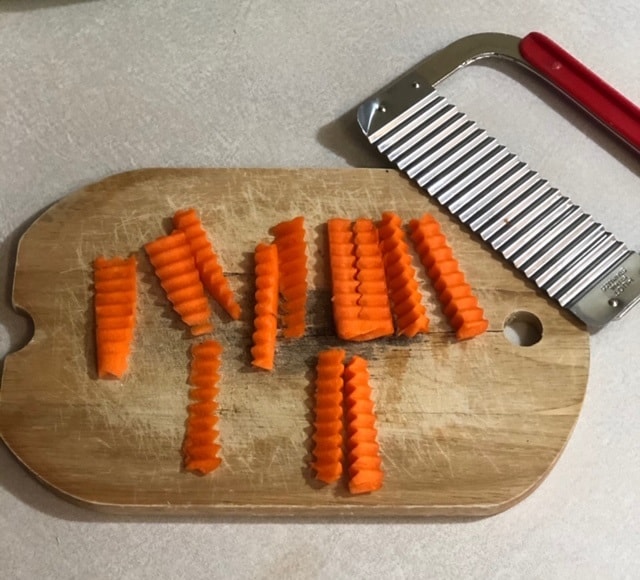
Steam carrots then cut into finger-size pieces with a crinkle cutter. These make a quick and easy snack or side dish.
12. Lettuces
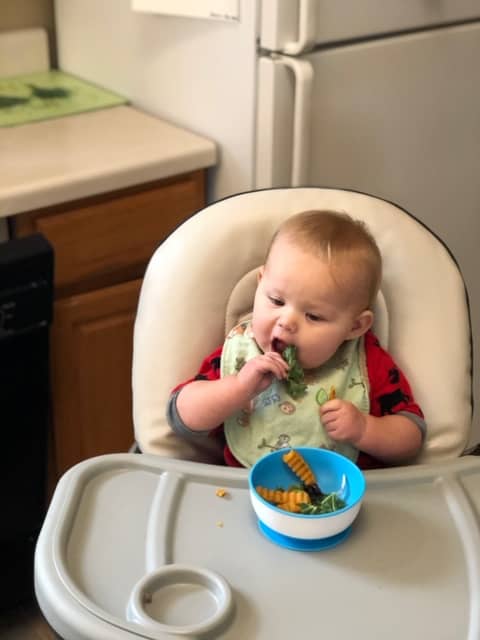
Our baby enjoys raw or steamed greens and lettuces such as kale, romaine, spinach, arugula, collards, etc. Again, always purchase organic vegetables and be sure to wash thoroughly before serving.
13. Pears
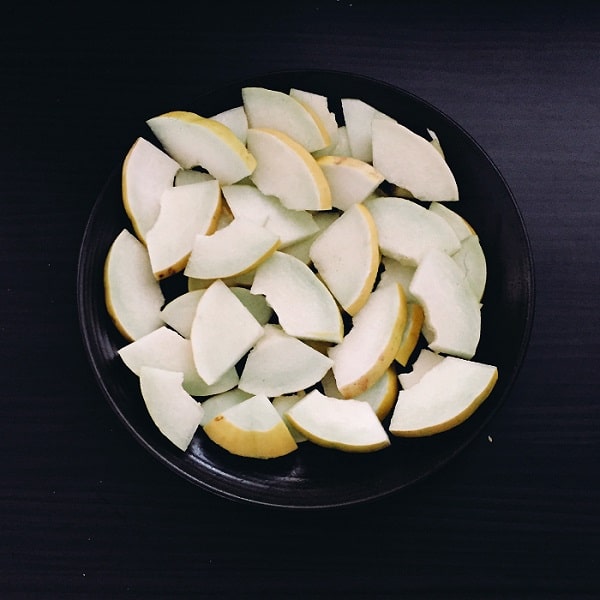
Overly ripe pears and apples tend to work best for babies who do not have many teeth. You can steam these before serving or offer them raw. Cut into small graspable slices. Use crinkle cutter if desired.
14. Smoothies

Smoothies are an easy way to introduce different fruits and vegetables to your child. You can use a variety of frozen and fresh fruits. We use fresh-squeezed juices and water to blend the items more easily.
You can use nut milks as long as they are not fortified or sweetened. In fact, I would encourage you to make your own nut milks for the first two years of age since commercial options tend to carry a lot of questionable ingredients.
Be sure to use a high-powered blender or food processor to blend all the fruit nicely. There should be no chunks left in the blended mix.
15. Hummus
Homemade hummus is handy to spread on veggies and gluten-free breads or crackers if you are comfortable with offering more processed items. We prefer to stick with the veggies until Ionna develops further.
Blend together cooked chickpeas or black beans with garlic, and onions.

Some other items you may want to try
- bananas (leave half the peel to be used as a handle)
- quinoa
- rice and lentils
- pumpkin or green smoothies
- guacamole
- apples
- salsa
- corn tortillas
- zucchini
For more information on choosing a gluten-free diet for your infant click here to view my article titled Considering a gluten-free plant-based diet for your baby?
Baby-led weaning tips and words of caution
- You never have to coerce your child to eat vegetables when they have enjoyed them from the very start. As parents, it is our job to provide the most nutritious options for our children. This will allow them to acquire a taste and preference for vegetables early on to then grow up and embrace those healthy habits as adults.
- Always use organic foods with babies. They do not have the ability to remove toxins as efficiently as adults.
- Babys’ tastes and preferences are all acquired. This means they have incredibly sensitive taste perception abilities at this stage in life. Plain foods will taste very flavorful and seasoned or spicy items may be too powerful at first.
- Wash all skins of fruits and veggies with mild soap and water prior to offering to your child.
- Always supervise your baby while serving solids. You may not hear your baby choking, so it is important to keep a watchful eye.
- Studies show that babies are just as likely to choke on whole foods as they are on purees. I recommend taking a child focused CPR course prior to introducing foods to your baby.
- Offer your child the same item 10-15 times before ruling it out as an item they do not prefer. Then reintroduce the item once every month or two. Your baby’s preferences are likely to develop and change.
- It is perfectly acceptable if your child just plays with their food instead of ingesting it. They require time to explore and develop their mealtime skills. Babies don’t actually need to gain a significant amount of their nutrition from solids until after one year of age.
- Your baby should gain the majority of his or her calories from breastmilk, or formula until about one year of age.
Karli Jackson

